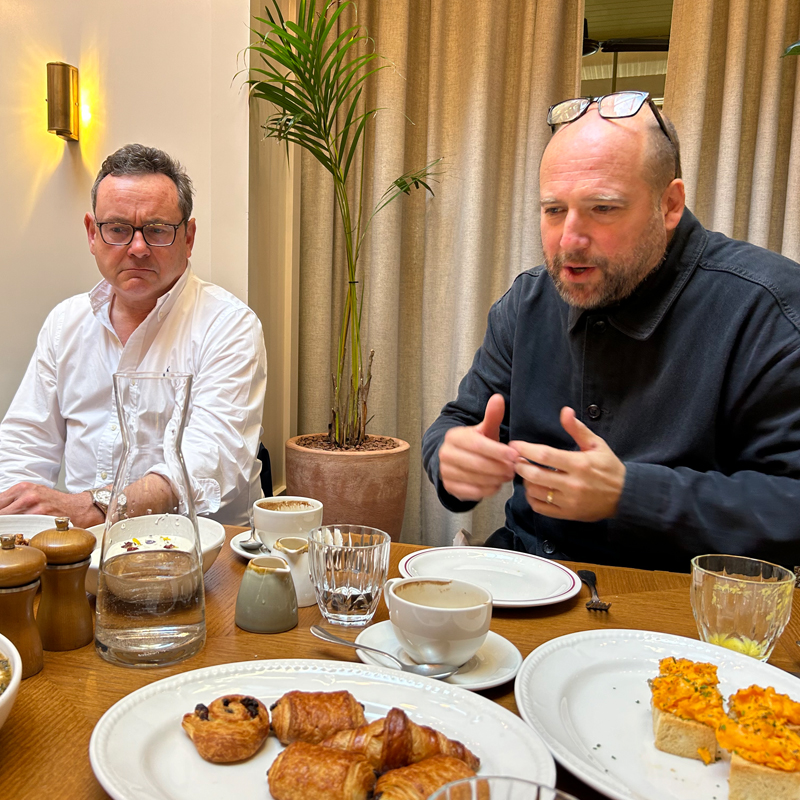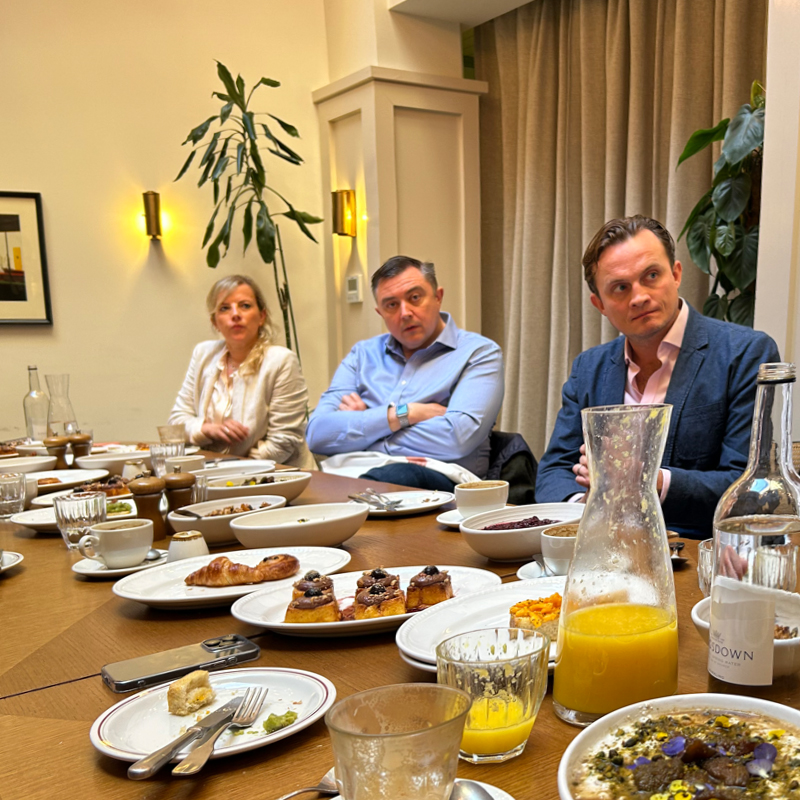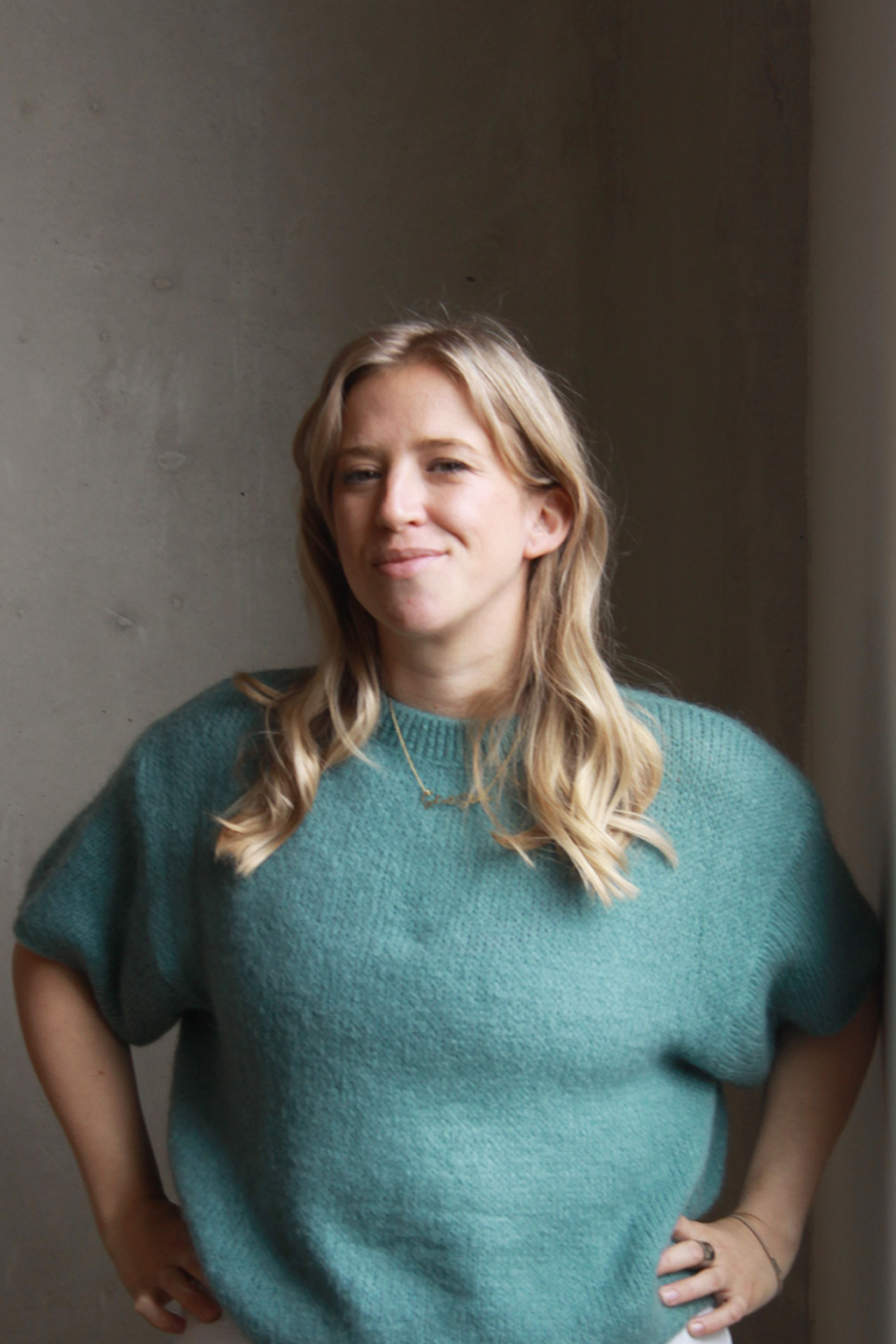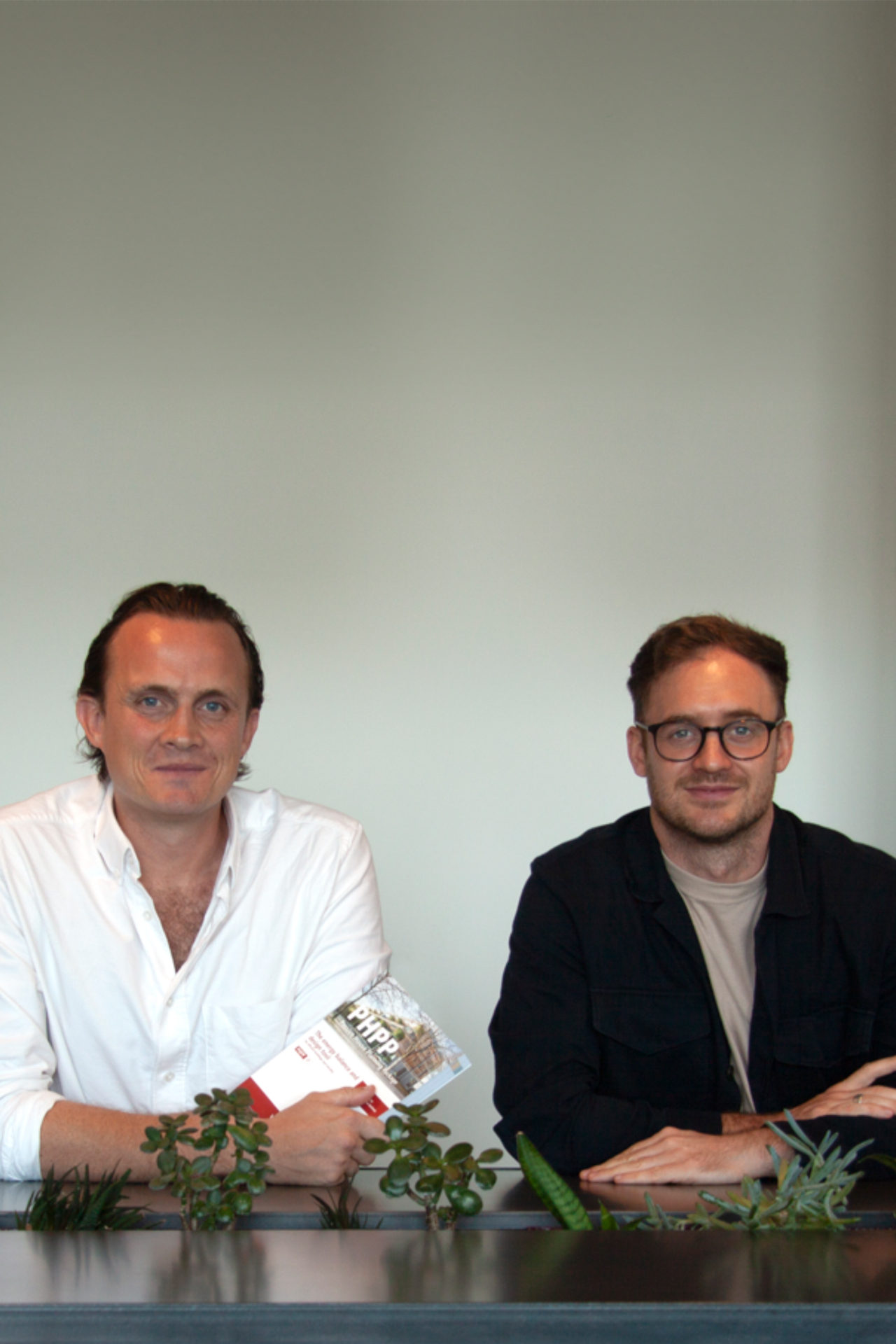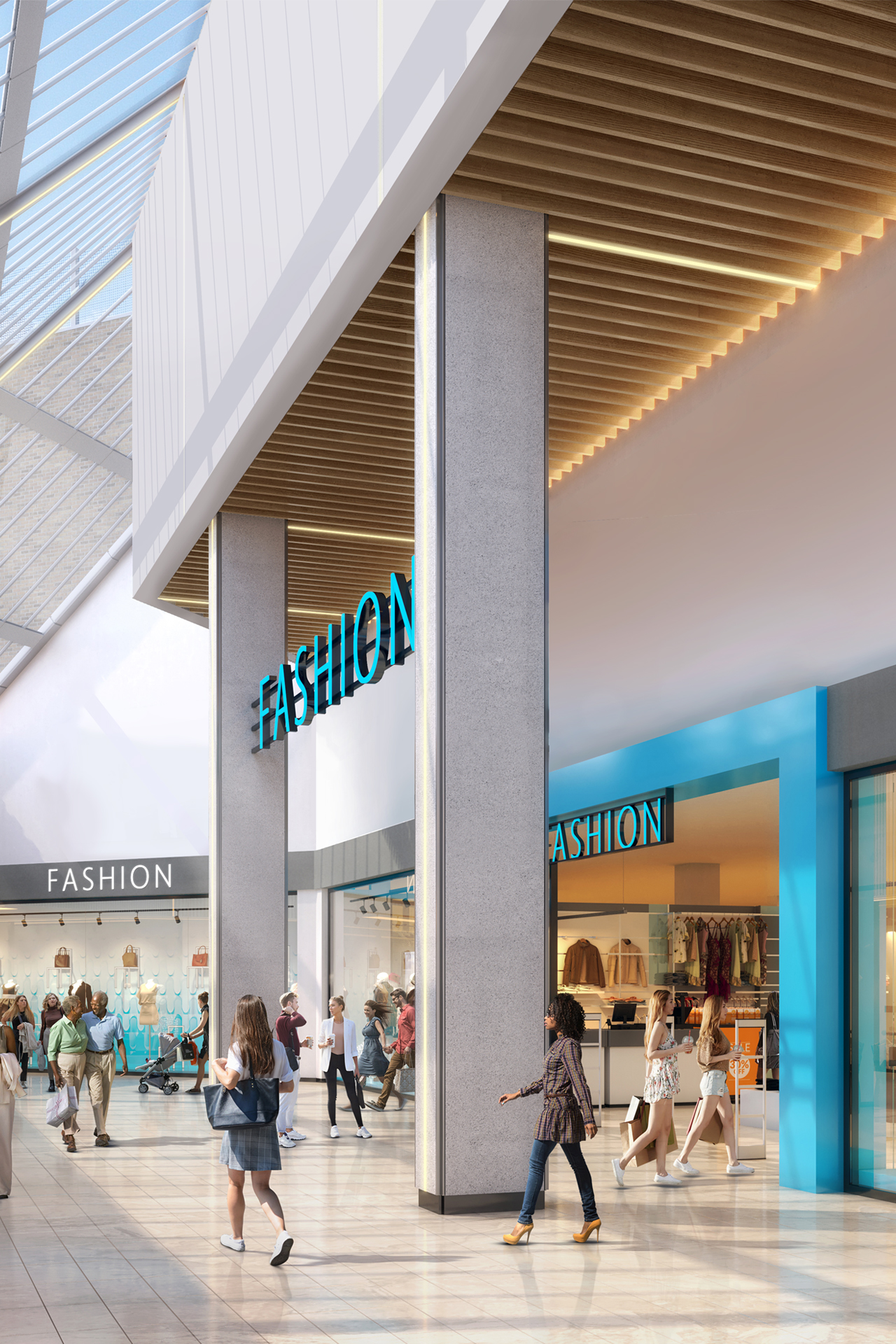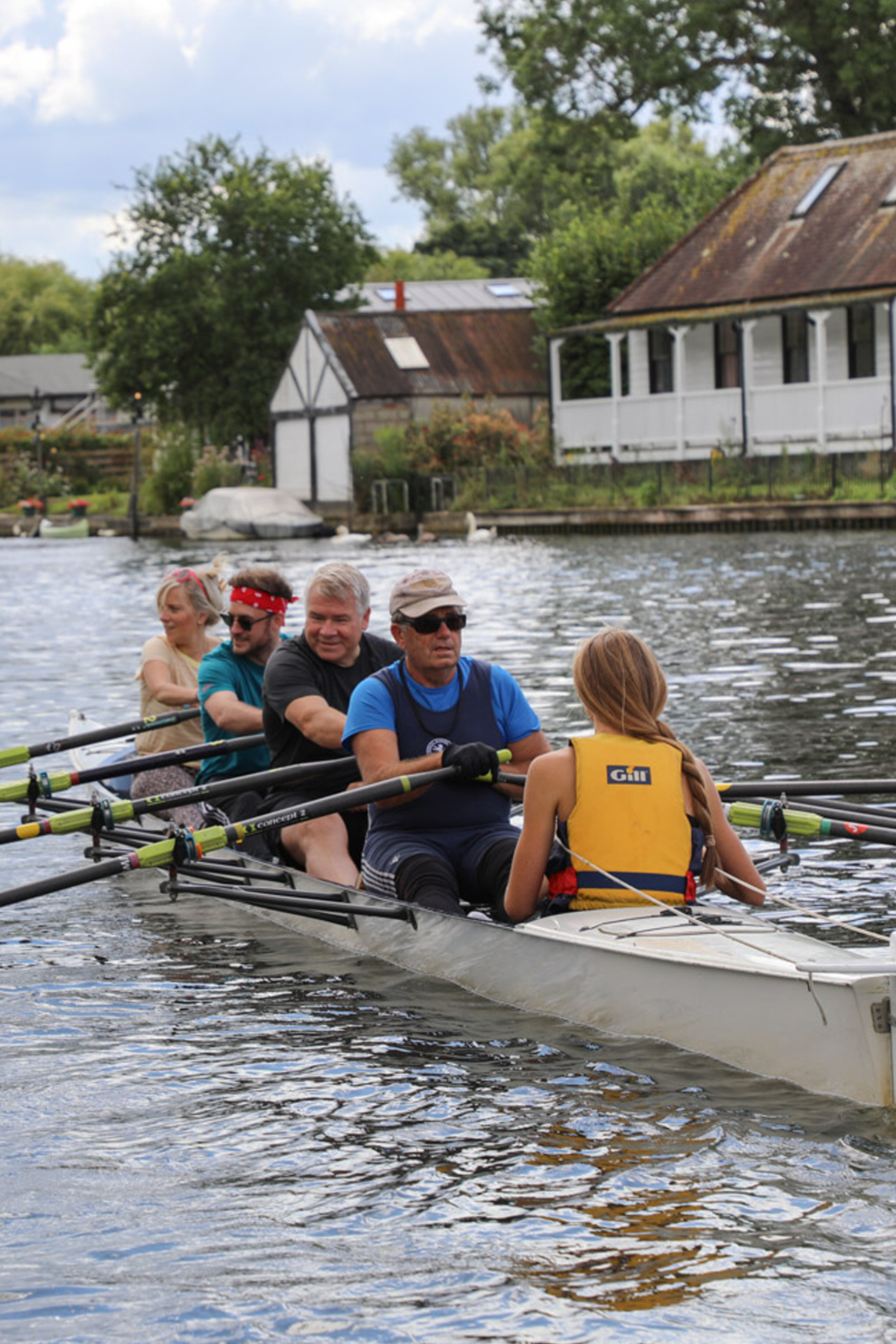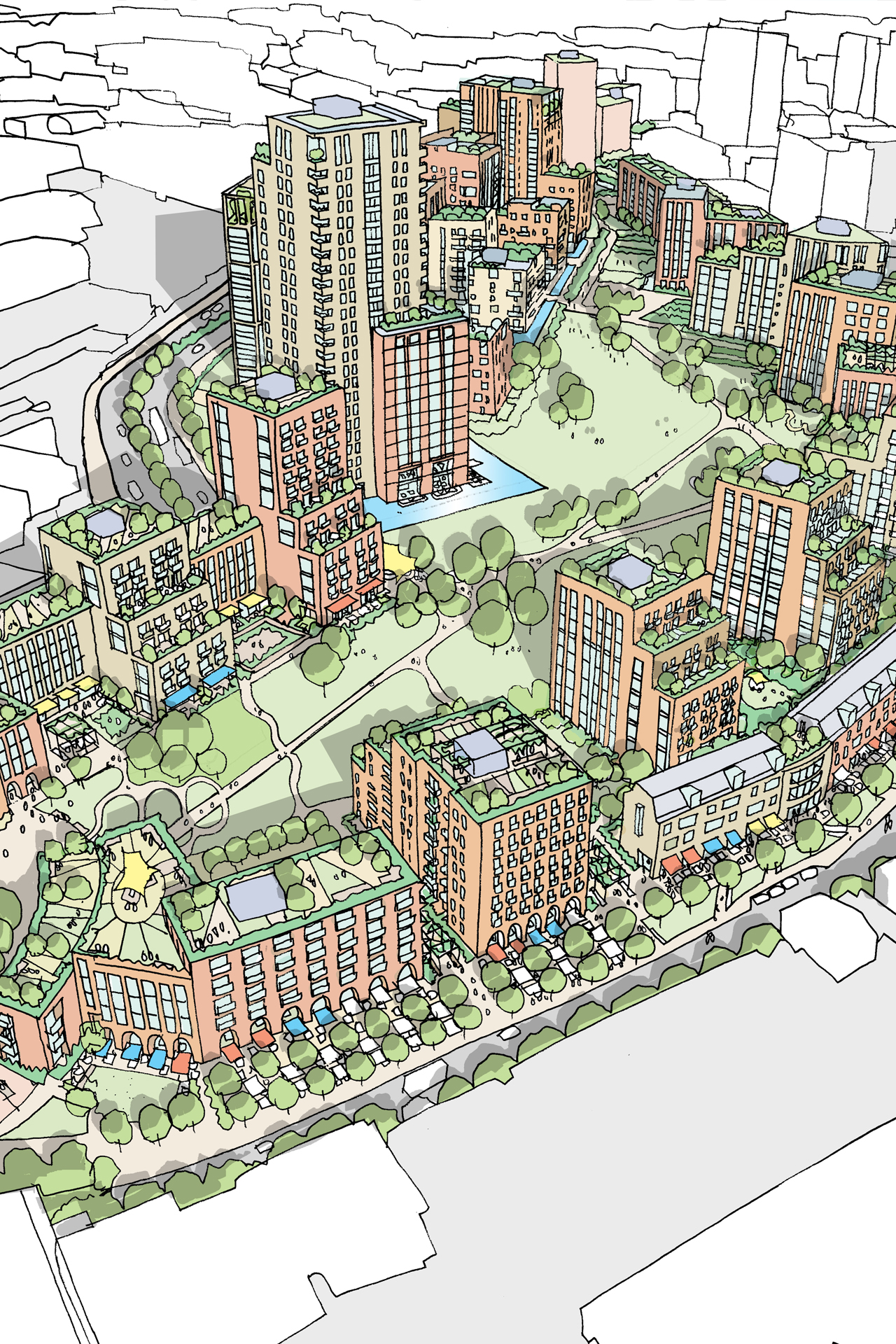We recently organized a dynamic debate delving into the intricate challenges of place making within our bustling city centres.
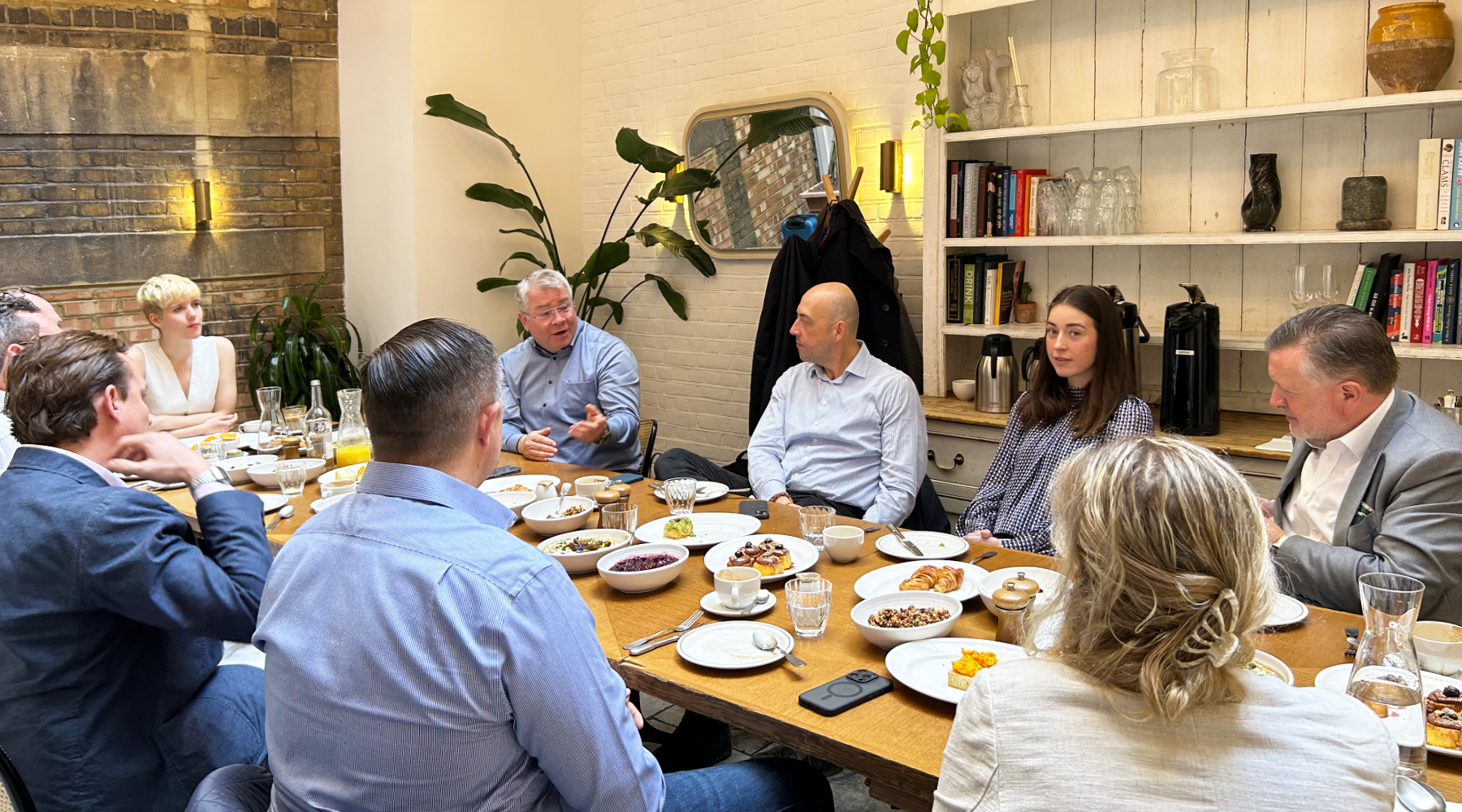
Editors
- James Cons, Managing Director
The debate revolved around contrasting approaches required to breathe life into a historic city quarter versus those necessary for laying the foundations of a new development. A key focal point of discussion was the significance of devising an effective ground floor use strategy, recognizing its pivotal role in shaping the essence of a place and transforming it into a vibrant destination.
It became evident that there is no universal formula for tackling this complex subject. However, at its essence, the concept of authenticity emerged as a fundamental driver for achieving success. Established locales like Covent Garden exemplify this principle, capitalizing on their inherent charm and historical significance. Yet, these areas also present challenges, whether due to planning restrictions or the architectural limitations of older structures in accommodating contemporary uses.
Many historic city quarters boast a human scale, characterized by a tapestry of diverse streetscapes and building styles. This amalgamation of architectural layers, shaped by the passage of time, contributes to a rich urban fabric packed with character and vitality. However, authenticity transcends mere aesthetics; it extends to the essence of a place and its ability to resonate with its audience. By seamlessly integrating heritage with modern content, a place becomes not only remarkable but also indelibly memorable.
For our city centres to thrive, it is imperative that our spaces evoke an emotional response from those who frequent them. Understanding the demographics and psychographics of visitors, residents, and workers is thus paramount in crafting a compelling place. Who are they? What values do they hold dear? What experiences do they seek? These are all crucial considerations in the placemaking process.
Furthermore, in an era driven by data, the effective collection and analysis of information play a pivotal role in informing place creation. Whether dealing with a heritage site or a nascent development, harnessing data empowers developers and designers to make informed decisions that resonate with the intended audience.
In contrast the challenge for our new purpose-built developments lies in cultivating a sense of place that evolves and matures over time as the development comes forward in a phased manner, whilst evoking emotions and fostering a deep connection with its users. This requires a nuanced understanding of the interplay between physical design, cultural context, and human experience—an endeavour that demands both creativity and foresight as the story of this new place is built.
The discussion delved deeper into the notion of evolution and maturation. A successful place isn’t static; it evolves organically, adapting to changing societal needs and cultural shifts. This evolution might manifest in the gradual transformation of public spaces, the introduction of new amenities, or the emergence of vibrant community events. It requires a long-term vision that goes
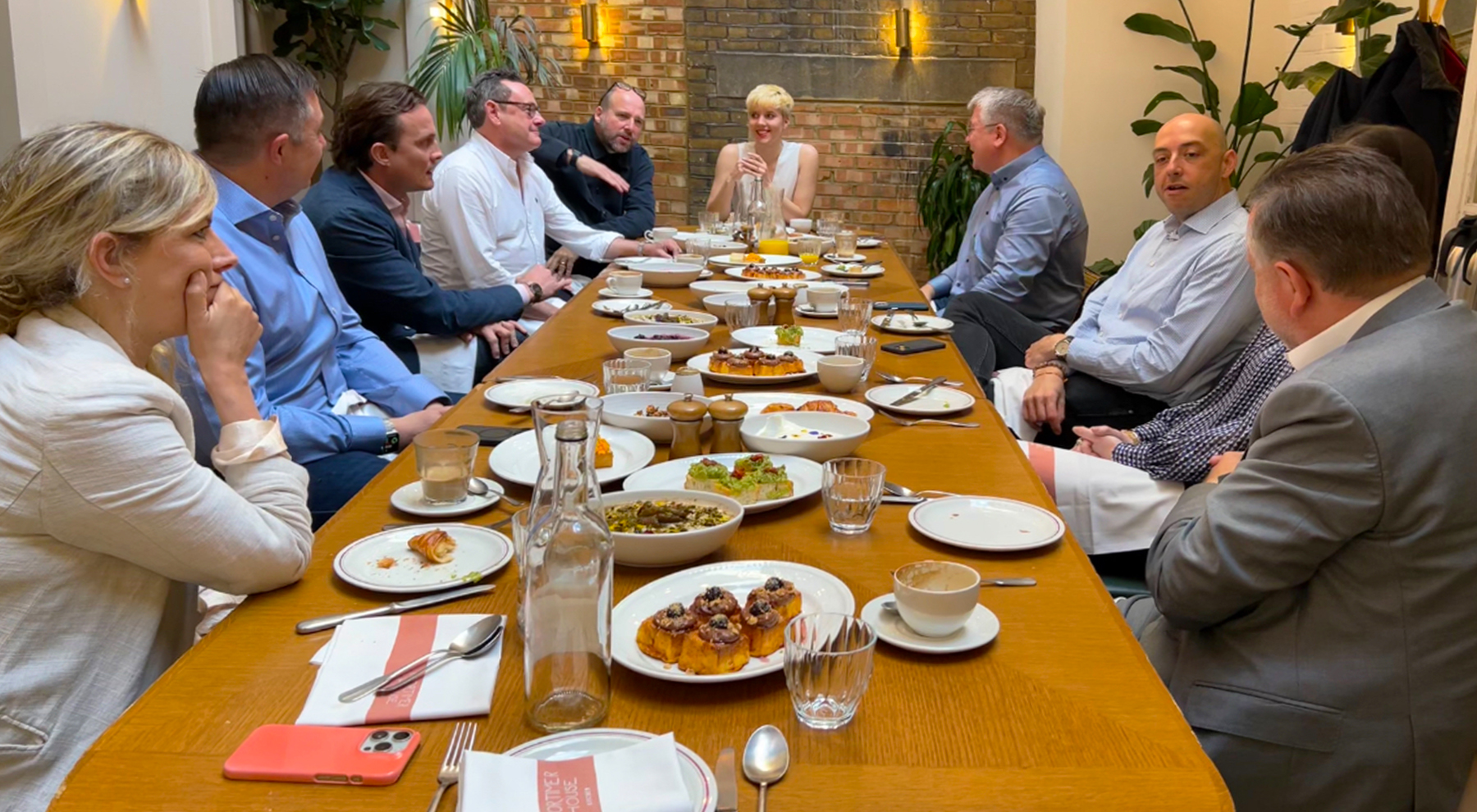
beyond the initial phases, with provisions for flexible use and adaptive design strategies that can accommodate evolving preferences and trends. For new developments to succeed and embed themselves in the psyche of their location they must embrace this evolutionary journey.
Moreover, evoking emotions and fostering a deep connection requires more than mere aesthetic appeal; it demands a profound understanding of the psychological and sociological factors that influence human experiences. Integrating elements of biophilic design, such as lush green spaces and ample natural light, can evoke feelings of tranquillity and well-being, thereby enriching the overall user experience. Likewise, carefully curated public art installations and immersive cultural experiences have the power to instil a sense of pride and belonging among both residents and visitors. A prime illustration of this broader perspective in action is the regeneration of Earls Court, showcasing how innovative thinking can drive forward an effective place strategy.
Achieving this level of engagement demands a nuanced understanding of the cultural context within which the development is situated. This involves not only respecting the local history and heritage but also actively engaging with the community to understand their needs, aspirations, and collective identity. By integrating elements of local culture and traditions into the fabric of the development, it becomes more than just a physical space; it becomes a reflection of the community’s values and aspirations.
Creativity plays a crucial role in this process, as it allows designers and developers to think beyond conventional norms and reimagine spaces in innovative ways. This might involve repurposing underutilized areas, experimenting with novel architectural forms, or integrating cutting-edge technologies to enhance functionality and user experience. By pushing the boundaries of conventional design, developers can create truly distinctive places that inspire awe and captivate the imagination. Whilst established heritage led places have the benefit of a defined and distinct character, new places must build this character and variety into their plan from its inception.
However, creativity must be balanced with foresight—a keen understanding of the long-term implications of design decisions and their impact on the sustainability and resilience of the development. This involves considering factors such as environmental sustainability, social equity, and critically the economic viability to ensure that the place remains relevant, resilient and profitable in the face of future challenges.
In essence, cultivating a sense of place that evolves and matures over time requires a holistic approach that encompasses creativity, cultural sensitivity, and forward-thinking planning. It’s about creating spaces that not only meet the needs of today but also inspire and endure for generations to come. This is true for both established and newly conceived city quarters.
We thank our guests at the event for their interesting and valuable contributions to the debate.
Andrew Hicks – Shaftesbury Capital, Tom Branton – Earls Court Development Company, Paul Marshall – JLL, Zara Jackson – JLL, Chris Goddard – DP9, Dan Parr – CACI ……..also, as ever Jessica Middleton-Pugh for facilitating the discussion so ably.
